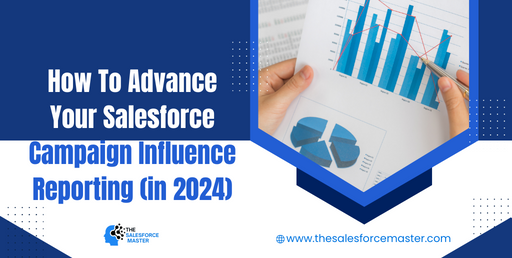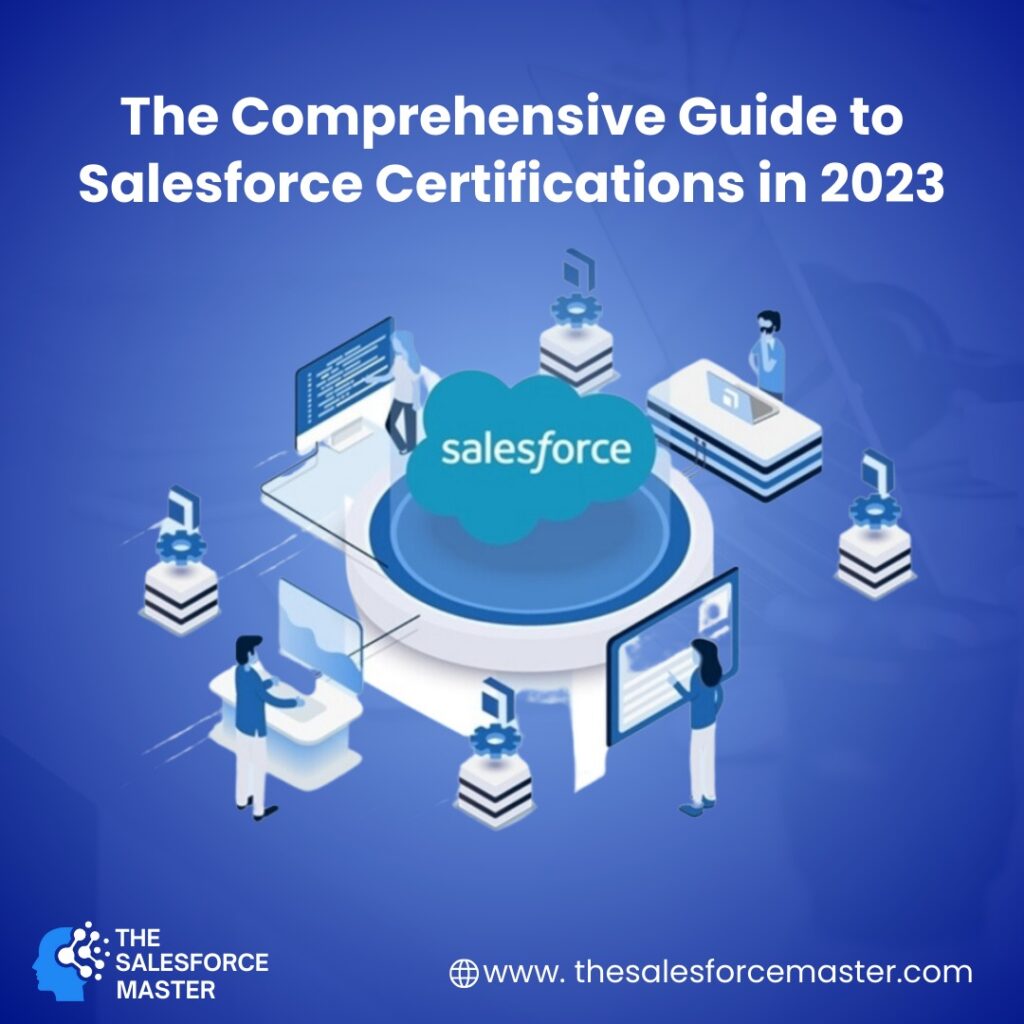
Advancing your Salesforce Campaign Influence Reporting in 2024 involves leveraging the latest features, tools, and best practices available. Here’s a comprehensive guide on how to do it:
1. Stay Updated with Latest Salesforce Features:
Salesforce regularly updates its platform with new features and enhancements. Stay informed about these updates through official release notes, blogs, webinars, and community forums. Keep an eye out for any new features related to campaign influence reporting.
2. Utilize Einstein Analytics:
Einstein Analytics provides advanced reporting and visualization capabilities within Salesforce. Leverage Einstein Analytics to create custom dashboards and reports for campaign influence analysis. Utilize its AI-powered insights to uncover patterns and trends in your campaign data.
3. Implement Custom Attribution Models:
Salesforce offers standard attribution models like First Touch, Last Touch, and Linear. However, for more advanced analysis, consider implementing custom attribution models tailored to your business needs. These models can attribute revenue and conversions across multiple touchpoints in a more accurate manner.
4. Integrate with Marketing Automation Platforms:
Integrate Salesforce with popular marketing automation platforms like Marketo, HubSpot, or Pardot. This integration allows for seamless data synchronization between your CRM and marketing automation systems, providing a unified view of campaign performance and influence.
5. Incorporate Multi-Touch Attribution Tools:
Consider integrating third-party multi-touch attribution tools with Salesforce for more comprehensive campaign influence reporting. These tools offer advanced algorithms to attribute revenue and conversions across all touchpoints in the customer journey, providing deeper insights into campaign effectiveness.
6. Implement Account-Based Marketing (ABM) Reporting:
If your organization employs an account-based marketing strategy, ensure that your Salesforce campaign influence reporting includes ABM-specific metrics and insights. Track the influence of campaigns on targeted accounts throughout the sales cycle to measure ABM effectiveness.
7. Train Your Team:
Provide training and resources to your team members responsible for campaign reporting. Ensure they are familiar with the latest Salesforce features, reporting tools, and best practices. Invest in ongoing education to keep them updated on new developments in campaign influence reporting.
8. Regularly Review and Optimize:
Continuously review your campaign influence reporting processes and metrics to identify areas for improvement. Optimize your reporting strategy based on insights gained from data analysis and feedback from stakeholders.
9. Collaborate with Sales and Marketing Teams:
Foster collaboration between sales and marketing teams to ensure alignment on campaign objectives, metrics, and reporting methodologies. Establish clear communication channels for sharing insights and feedback to drive continuous improvement in campaign performance.
10. Monitor Industry Trends:
Stay informed about emerging trends and best practices in campaign influence reporting within your industry. Attend conferences, webinars, and industry events to network with peers and learn about innovative approaches to campaign analysis and reporting.
Summary
By following these steps and leveraging the latest tools and best practices, you can advance your Salesforce campaign influence reporting capabilities in 2024 and beyond, enabling your organization to make data-driven decisions and optimize marketing strategies effectively.
For more updates, visit us at www.thesalesforcemaster.com

